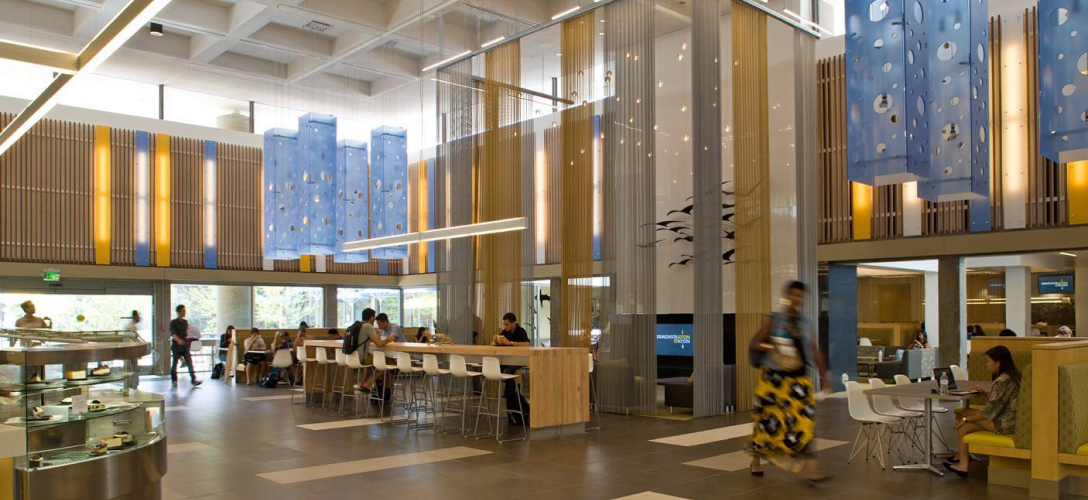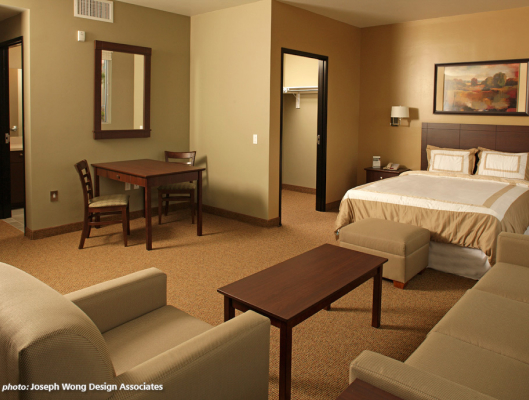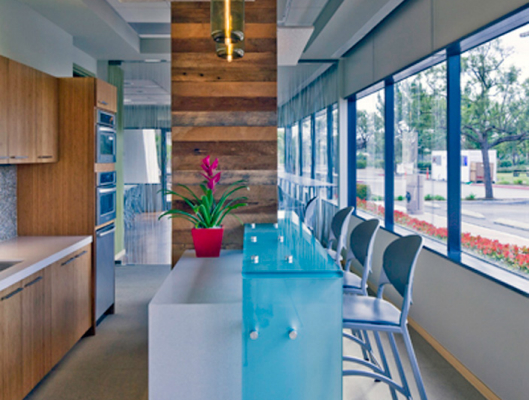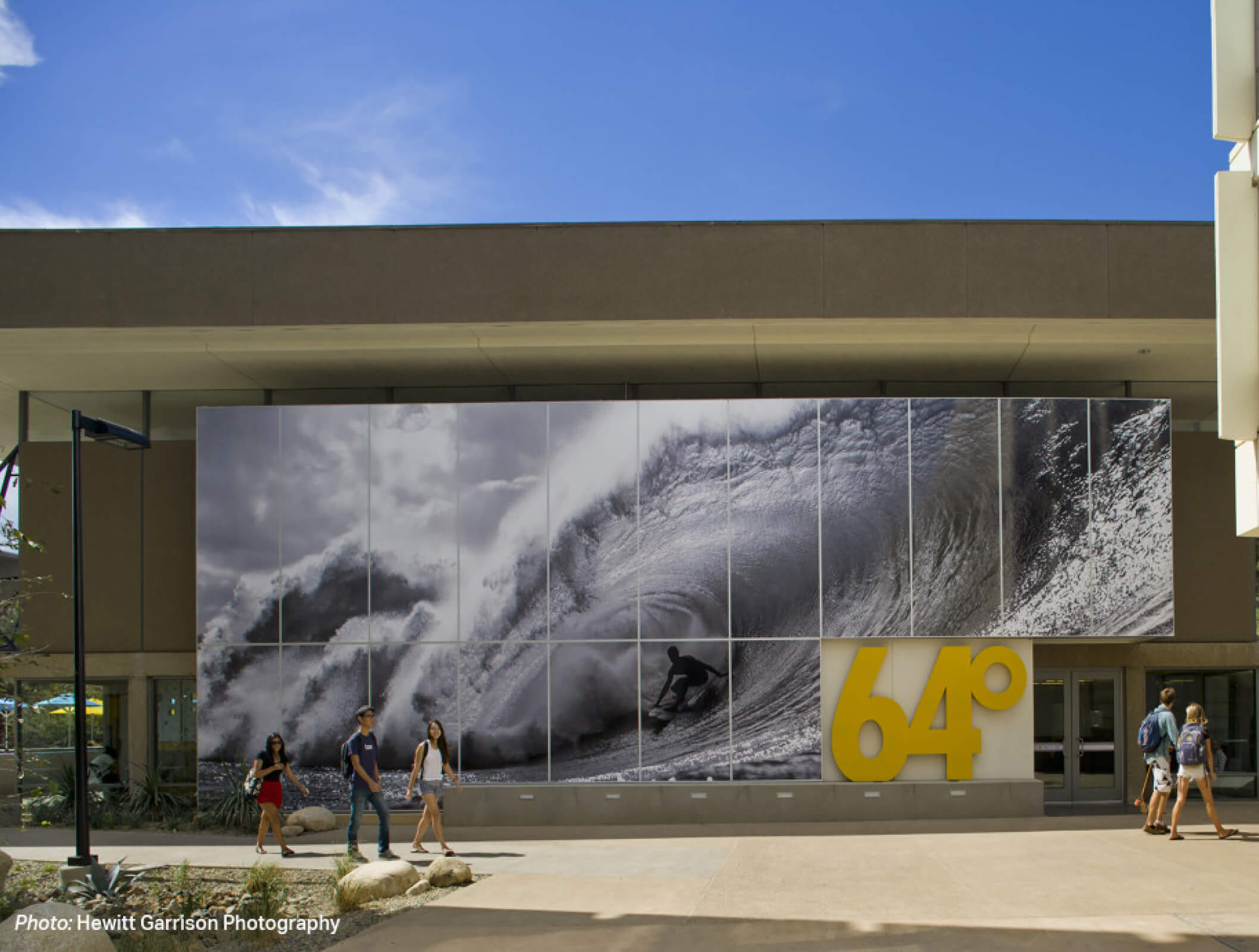
When LEED™ was launched by the U.S. Green Building Council in 2000, its mission was to create a paradigm shift that would change the way we thought and talked about building design and construction. LEED intended to target the top 25% of buildings that demonstrated “best in class” design practices with acknowledgement for their Leadership in Energy and Environmental Design.
In the almost two decades since its launch, LEED’s position within the industry has shifted. It has been adopted as a minimum requirement in many jurisdictions – either directly, or as in California, by proxy – with the California Green Building Standard CALGreen™ adopting much of the language and structure. LEED has received criticism that measured energy performance of many LEED buildings falls far short of the modeled efficiency or comparative energy use of other similar buildings. This criticism and codification of LEED has shifted its image away from the “best in class” design standard it once was, but arguably it still accomplished the goal they set out with almost two decades ago: They changed the conversation.
Green building, sustainable design, energy efficiency, water efficiency, low-VOC materials, recycled content, indoor air quality, etc., are no longer the “fringe topics” they once were. Through the awareness raised by the LEED certification and rating system, these are now commonplace discussion topics in design meetings and specification decisions.


As the LEED rating system and sustainable design became part of the standard lexicon of design, more rating systems have been developed to target and provide guidance to a broader section of the built environment. ASHRAE has developed their own high performance building standards and published advanced energy design guides. New rating systems, such as the EPA’s Energy Star, were developed with simple metrics, low cost certification, and a narrow focus on energy to reduce barriers to entry, while bringing more building owners and developers to the table. Others, such as the International Living Futures Institute (ILFI) have developed even more aggressive standards for those top performers who continue to push the envelope of efficient and environmental design. Net-Zero (or Net-Positive) Energy is an increasingly common target for the top performers of energy efficient design. ILFI’s Living Building Challenge sets a goal for regenerative design – making buildings not only “less bad” but actually beneficial to their environment and community. There are now a multitude of different rating systems encouraging environmental design initiatives in almost all building sectors.

This new focus on the occupants and the community represents the latest emerging trend in building performance and certification. While these concepts have existed on the periphery in other rating systems (e.g. LEED credits focusing on views, LBC imperatives focusing on biophilia and community engagement), these human-centered metrics are now coming into full focus with certification systems dedicated entirely on a building’s interaction with its occupants rather than it’s interaction with the broader environment. A growing field of scientific research continues to document the impact buildings have on occupant heath and wellness. These factors translate into improved happiness, creativity and engagement. The benefits of these positive effects are being documented across building sectors: Improved productivity and retention in commercial spaces, improved health outcomes in hospitals, and improved focus in academic settings, to name a few.


With a clearer understanding of the benefits the built environment can have on occupants, new certifications and standards are being developed to target the top performers in this arena and shift the design conversation to address occupant health and wellness the same way previous standards have addressed energy and environment. The WELL™ Building Standard, launched in 2015, focuses on the categories of air, water, nutrition, lighting, fitness, comfort, and mind, and how these can be optimized to benefit occupants. WELL currently targets commercial office space, but has pilot programs for other building types. Newer still, the Fitwel™ System developed jointly by the Center for Disease Control (CDC) and General Services Administration (GSA), is trying to reduce barriers to entry and bring this health and wellness focus to a broader market sector, similar to what the EPA did for energy with their EnergyStar program.
With a growing social awareness of health and wellness issues, and increasing scientific evidence of the impacts – both positive and negative – that the built environment can have on occupants, we expect to see the interest and adoption of these human centered rating systems grow in the next few years. LEED and environmental rating systems have paved the way and demonstrated that these programs can transform the industry based on the changes we’ve seen in the past two decades. With the momentum we’re already seeing behind these new systems, it seems likely that our design conversations will be changing yet again and in a much shorter time period.
